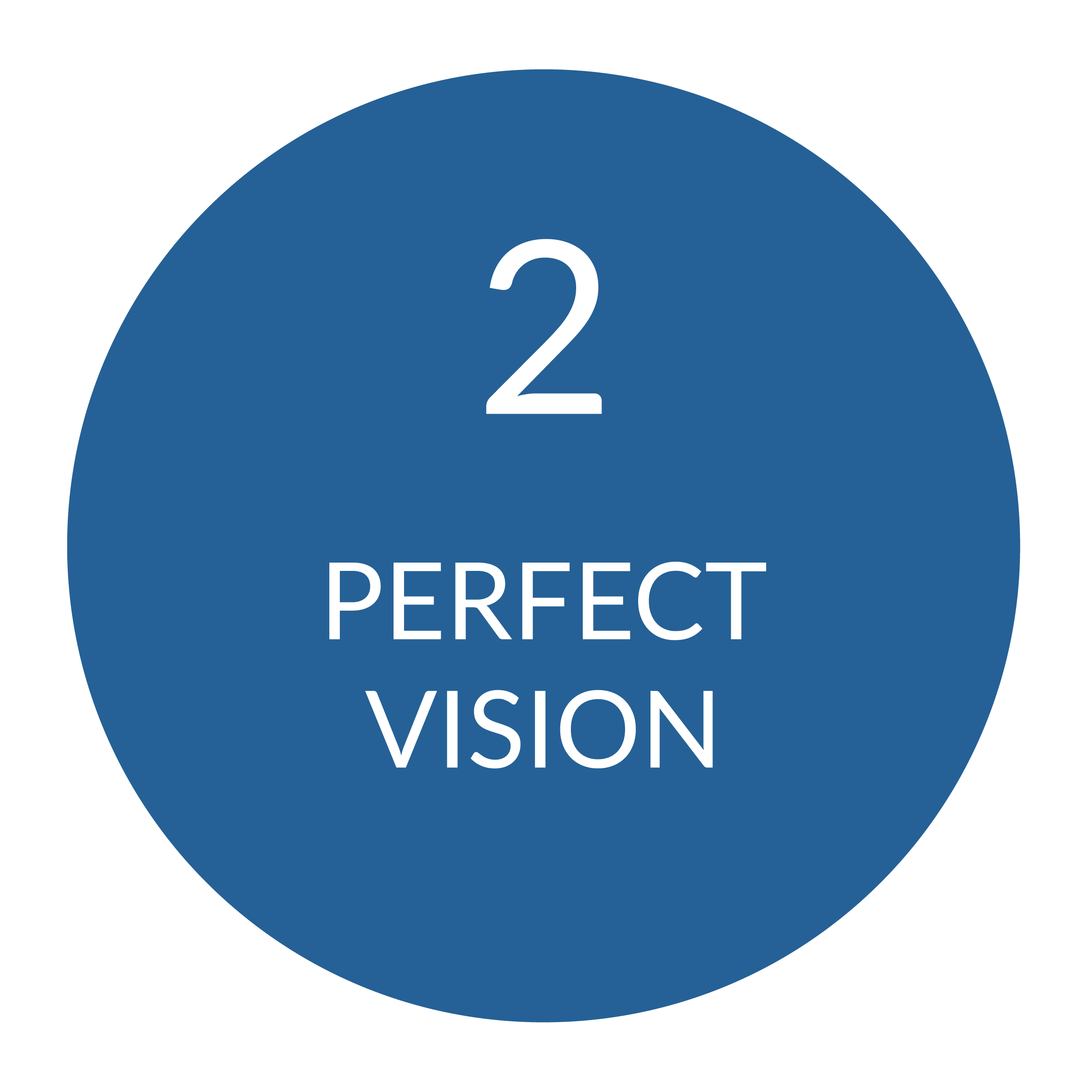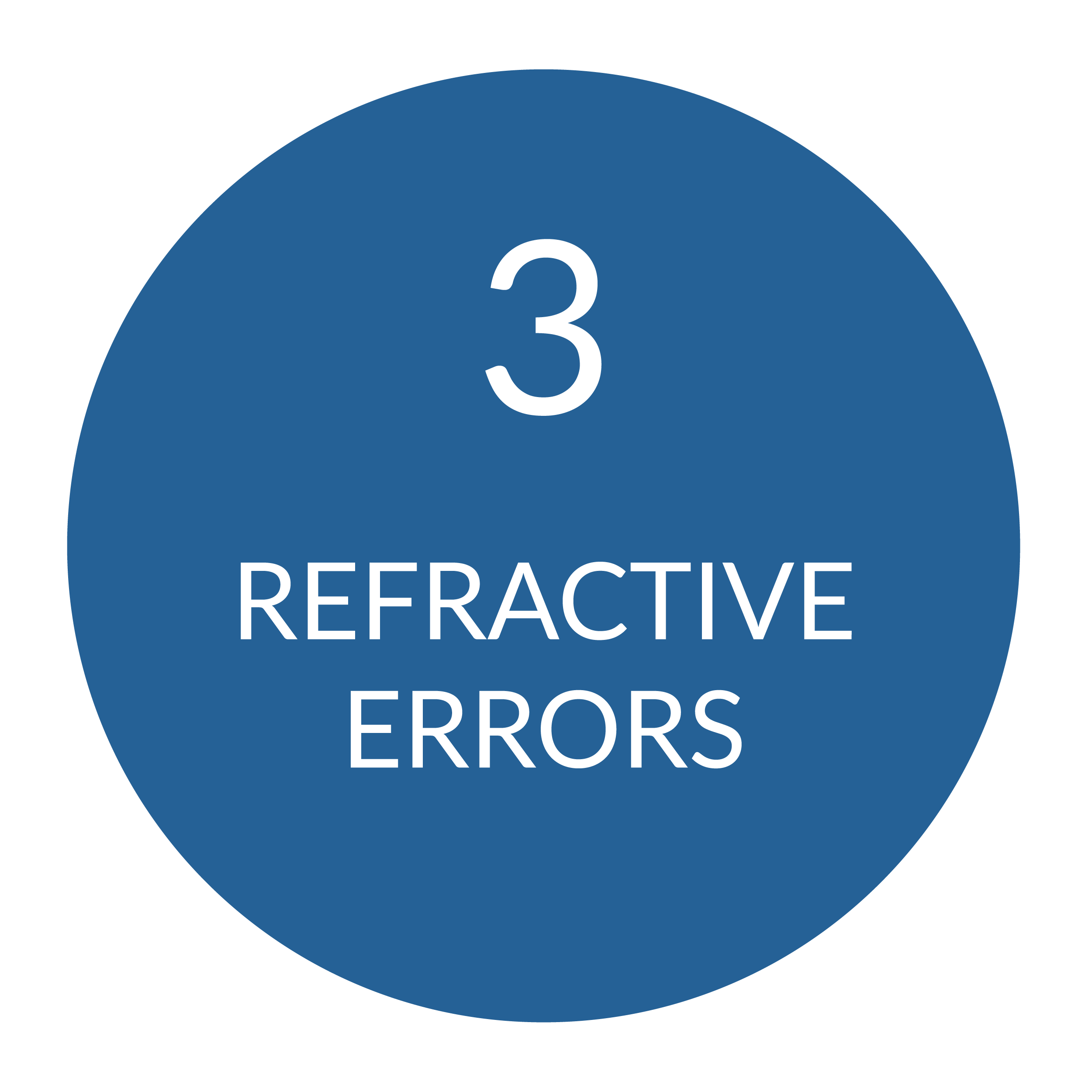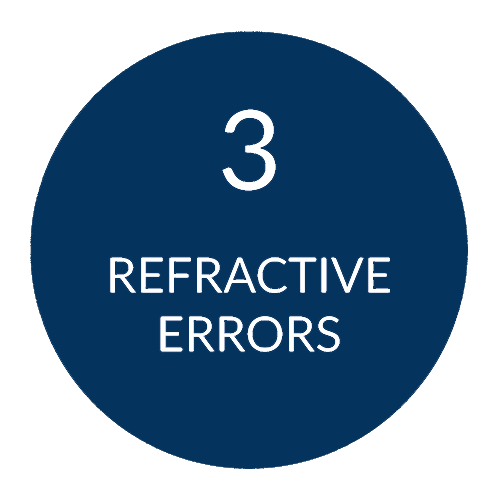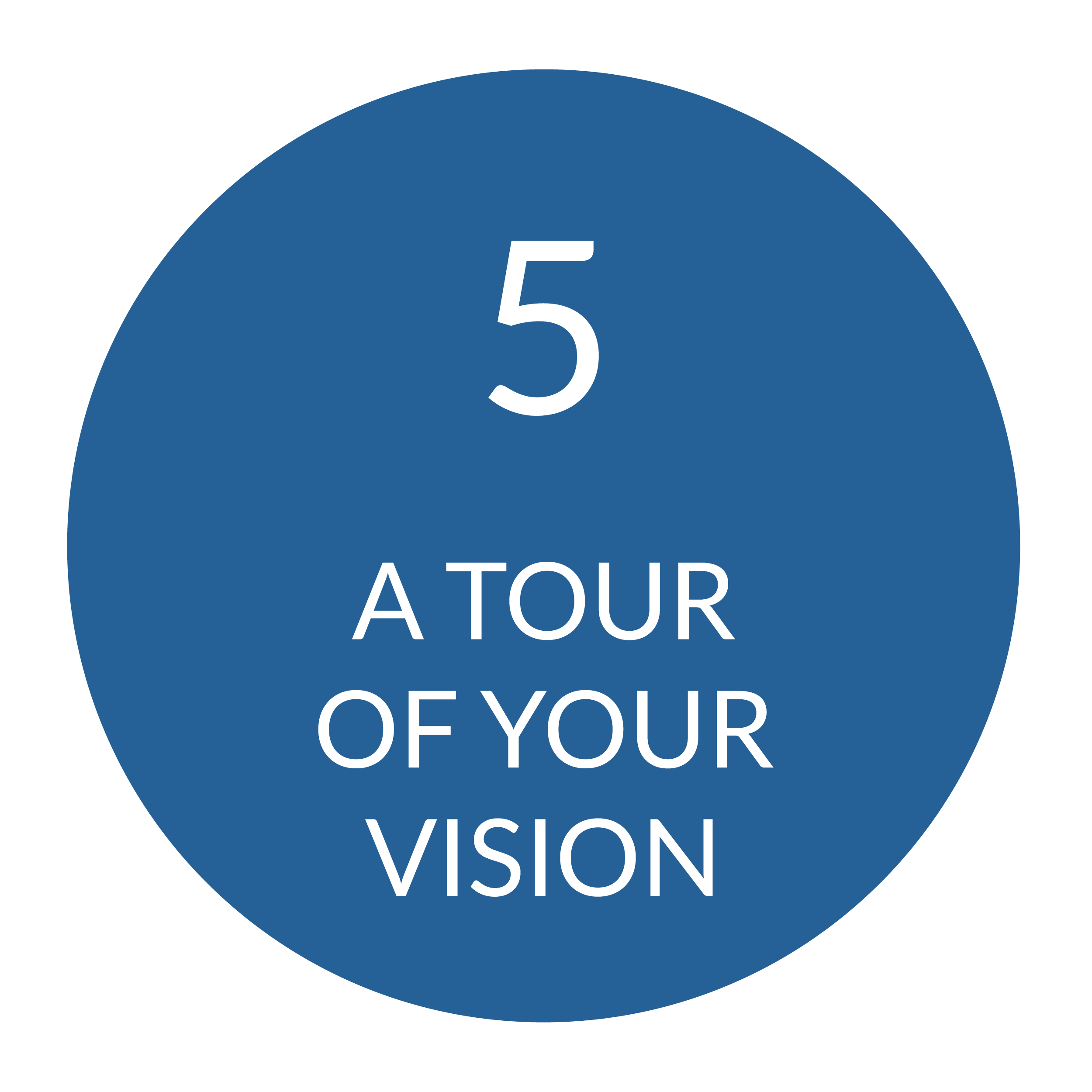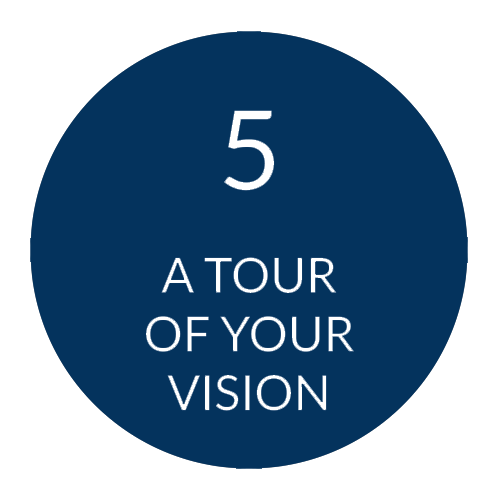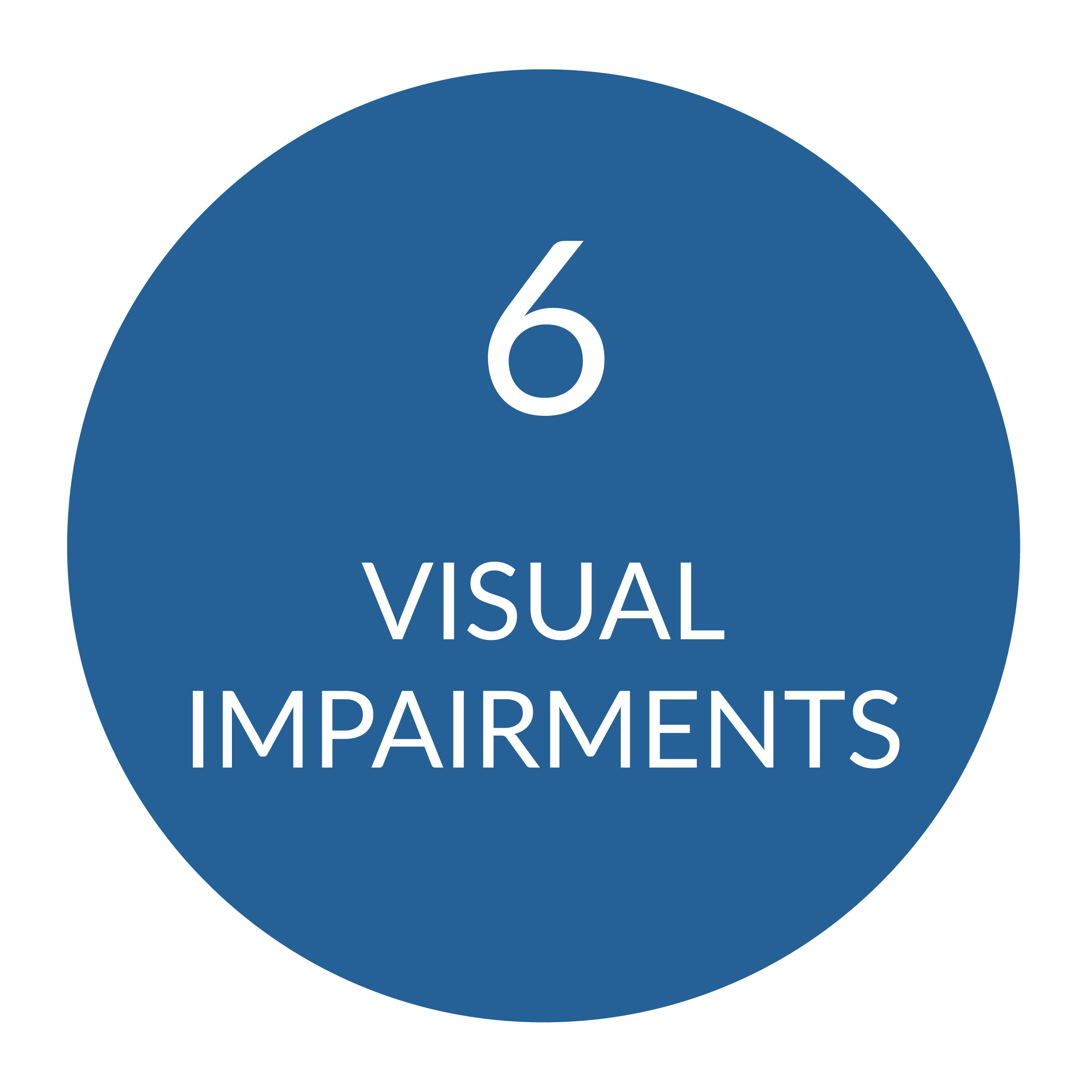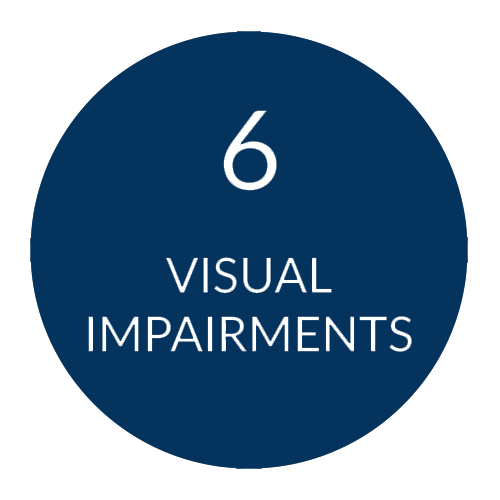FOUNDATIONS OF VISION -A TOUR OF YOUR VISION
When you see, you’re not really “seeing” with your eyes - you’re seeing with your brain. Your eyes collect light and send it on a journey full of fascinating steps before your brain turns it into what you experience as vision.
Let’s break it down.
Step 1: Light Enters the Eye
Light from the world enters through the cornea, passes through the lens, moves through the fluid in your eye, flips upside down and lands on the retina at the back.
This is your eye’s built-in camera.

What If the Image Isn’t Clear?
When your cornea and lens don’t focus perfectly, the image on your retina is blurry.
That’s where glasses or contact lenses come in - they add a third lens that works with your natural lenses to refocus the light perfectly onto the retina.
Fun fact: Your lens works like a camera’s autofocus. When you’re young, it flexes easily so you can see up close and far away. Over age 40, that lens stiffens - hello, reading glasses! That’s called presbyopia.
Step 2: Down the Optic Nerve
Once the light is turned into electrical signals on the retina, it travels down the optic nerves.
And here’s a cool twist — literally.
- Your left visual world goes to the right side of your brain.
- Your right visual world goes to the left side of your brain.
Your optic nerves cross at a junction called the optic chiasm, where the left and right world data get sorted to the correct side.
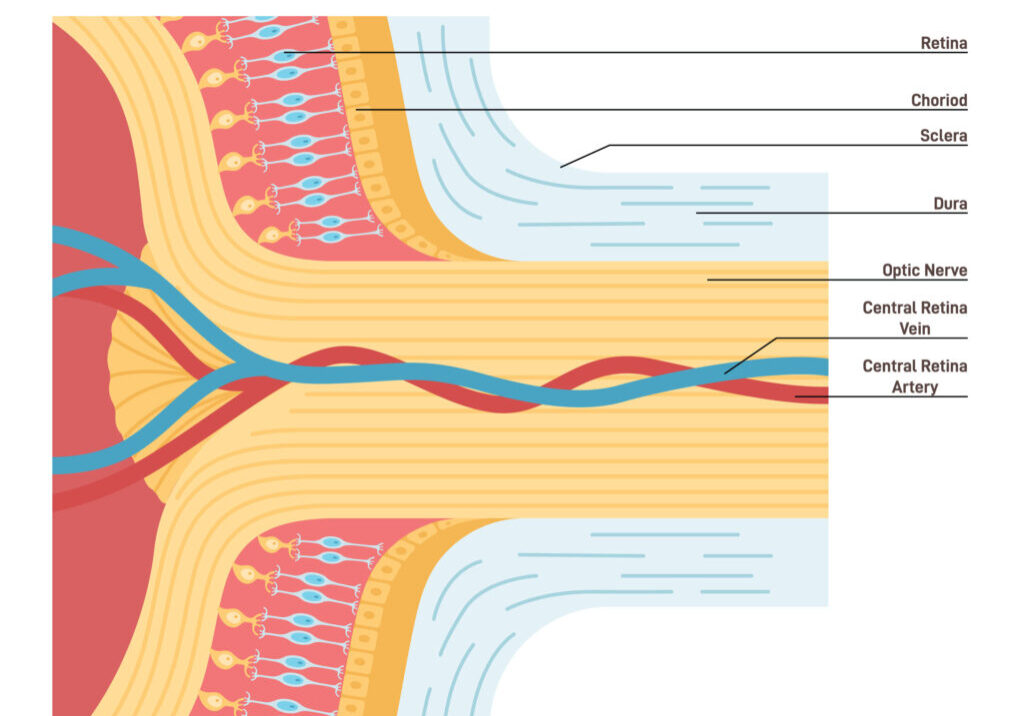
Step 3: The Thalamus - A Secret Data Drop
Next stop: the thalamus (also called the lateral geniculate nucleus).
Here’s a wild bit: about one-third of all visual information never makes it to your “seeing” brain. Instead, it goes to parts of your brain that control things like balance and movement.
Example: Try standing on one foot. Not too hard? Now close your eyes. Suddenly, balance is way harder. That’s your visual input quietly helping you stay upright, even though you’re not “seeing” that data consciously.
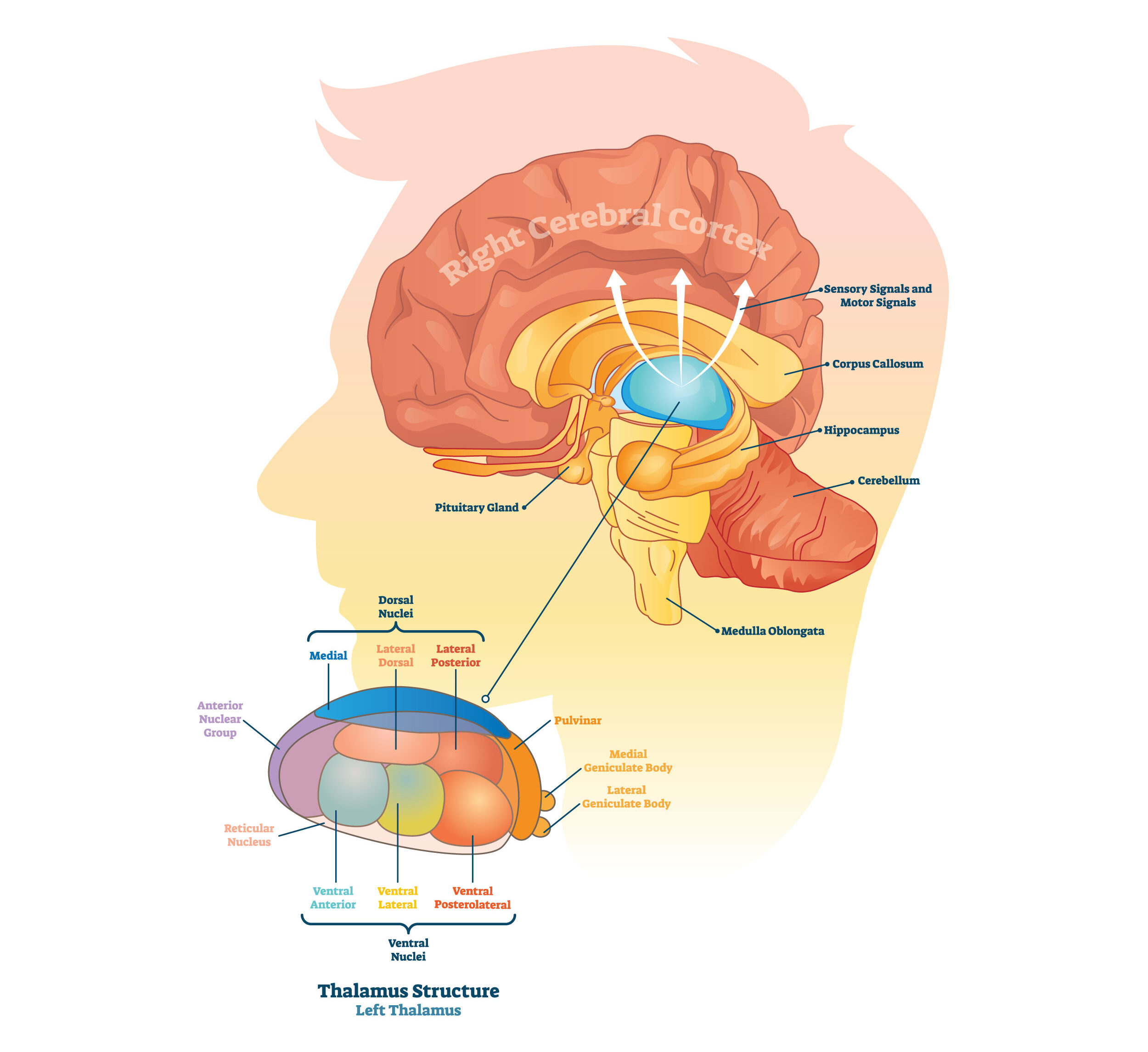
Step 4: The Visual Cortex - Where Seeing Happens
Finally, the rest of your visual data reaches the visual cortex at the back of your brain. This is where you truly see.
This explains why someone can have “perfect” 20/20 eyesight but still struggle with processing. A brain injury or other condition can break down vision after the eyes do their job.

The Big Takeaway
Your eyes gather light, but your brain does the heavy lifting. Seeing is never just about clear images on the retina. It’s about how your whole visual system - eyes, optic nerves, thalamus and cortex - work together.



